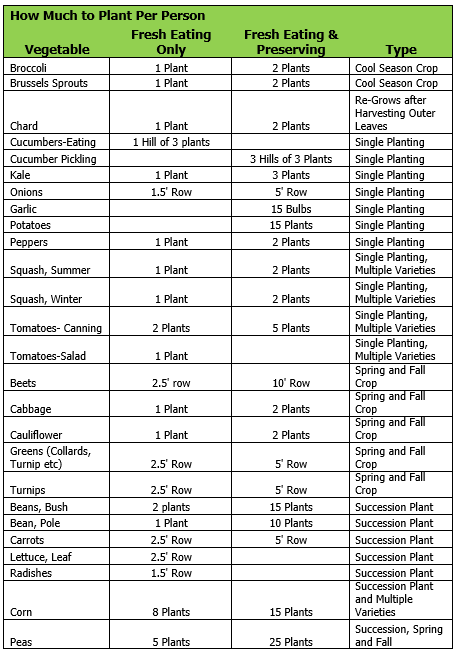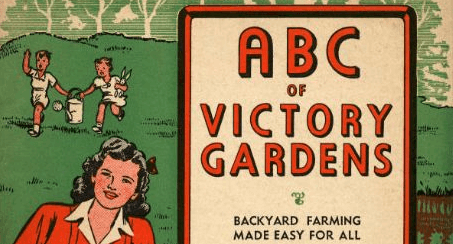The Victory Garden- Choosing your site and size
So you’ve had a conversation with your family and you’ve decided to jump on the road to food independence. The next step is to determine the best location and size for your Victory Garden.
In a perfect world, the ideal site for your garden would look like this:
At least six hours of sunlight daily, good drainage and air circulation, and a level location with loose, rich soil. There would be a nearby water source and convenient access to tool storage and equipment.
If you are able to check off all of these boxes, Congratulations, you are well on your way!
But let’s face it, this is East Tennessee! Rich loose soil and flat ground are an anomaly here, and some of us don’t even have a yard to access. We may only have a patio or deck. Some of us may not be able to work the soil due to health conditions or physical challenges. Don’t let this stop you! Your access to food independence is only limited by your imagination and ability to problem solve.
Raised beds, container gardening, hydroponics, and elevated table gardens are all solutions we will explore for anyone who can’t create a traditional garden plot.
Now let’s talk about size for a moment. The size of your Victory Garden will be determined by two things.
- The type of vegetables and or herbs you need to plant
- The number of people you are going to feed for one season or, one year
Thankfully, the gardeners before us have taken the work out of this step! To stay consistent with the history of the Victory Garden, I have included a link to an original pamphlet created by the Department of Agriculture in 1944. It’s a great look into the staple vegetables that were found in the gardens of our ancestors.
Click the link below, scroll down to the section called Victory Garden, then open the PDF of the first pamphlet listed called “Victory Gardens-How, When and What to Plant”.
This pamphlet may be 76 years old but the planting information is still very relevant!
http://wdeastman.com/the-homefront-during-wwii/
But again, this is 2020! The average family size is not quite as large as it was in the 1940s, so we have created a chart to break down how many plants per person you would need for fresh eating right out of the garden, as well as how many plants you would need to feed yourself for one year. The historical Victory Garden was designed for a family of 4 or larger.
To grow all of the vegetables on our chart to feed one person for one year it would require a rectangular plot roughly 15’ x 25’. Initially, that sounds quite large, but you need to take into consideration the maximum growth size of several vegetables. Squashes, cucumbers, cabbages, and corn all take up a lot of real estate per plant. However, as we discussed in the beginning, your family may not like those types of ‘space needy’ vegetables, so your garden may not need to be quite as large.
The other consideration is the eating habits of children. They don’t eat as much as an adult would, so you may want to cut the number of plants in half to accommodate them.
This chart is just a basic guide to help get the wheels turning. Take some time to sit down with your family and talk about what vegetables you want. Then you can determine how many plants you need, which will dictate the size of your plot.
This planning step will require paper and pencil. Keep reworking your plan until it suits your needs. We will discuss later in detail the best way to lay out your garden for maximum space and production. Now let’s get to planning!


